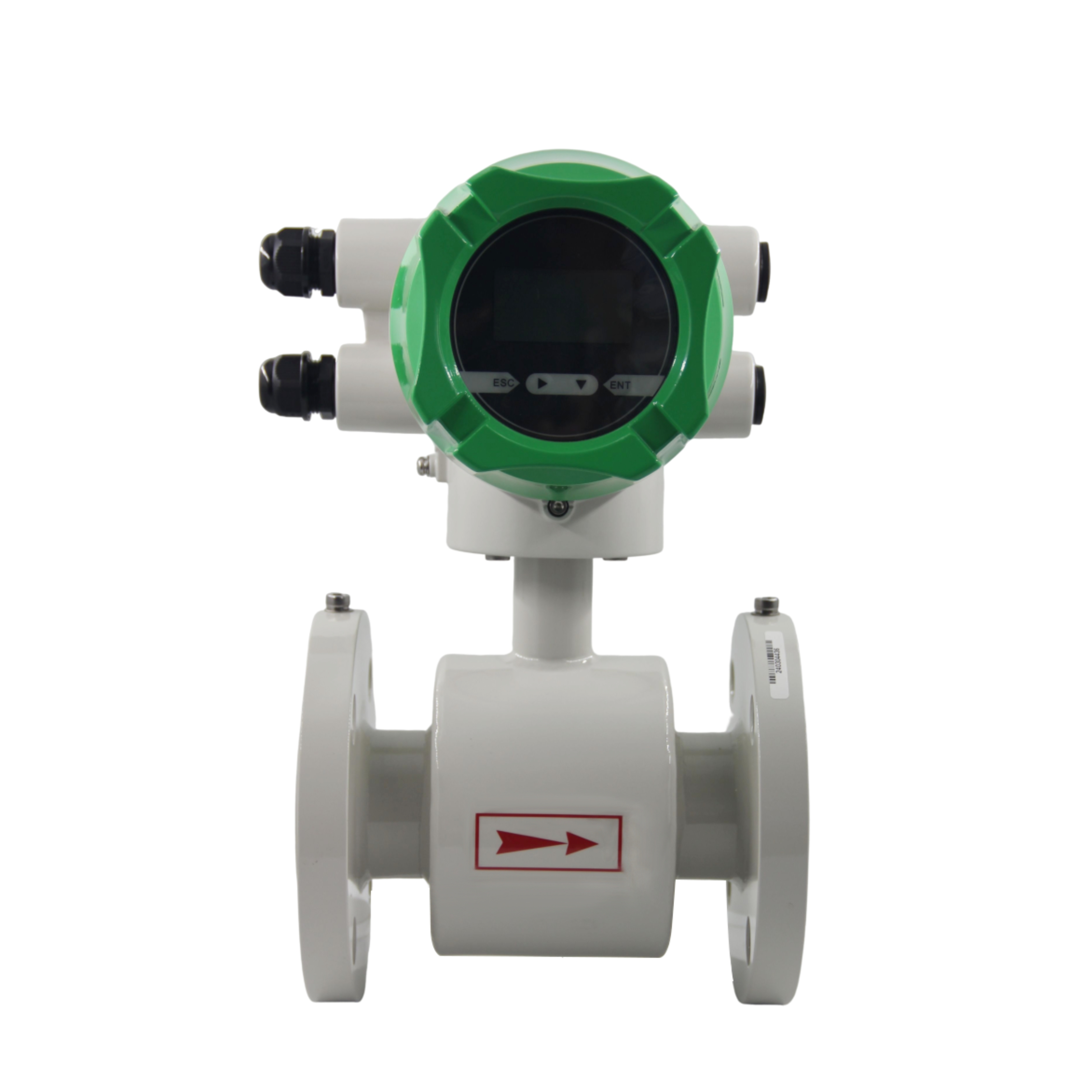The electromagnetic flowmeter has a wide range of applications in the field of industrial flow measurement. The selection of its installation location plays a crucial role in the measurement accuracy and the stable operation of the equipment.
Firstly, the electromagnetic flowmeter should be installed in an area of the pipe system where the fluid flow is relatively stable. It is important to avoid the highest point in the pipeline, as gas accumulation is likely to occur at the highest point. The presence of gas can interfere with the normal flow characteristics of the fluid, leading to increased measurement errors, and may even prevent the electromagnetic flowmeter from functioning properly. Similarly, it is also necessary to avoid installing the flowmeter at the lowest point of the pipeline to prevent solid particle sedimentation and accumulation at the flowmeter location, which can affect measurement accuracy and potentially damage the internal components of the flowmeter.

During installation, it is necessary to reserve a suitable length of straight pipe sections both upstream and downstream of the flowmeter. The upstream straight pipe section generally requires a length of 5 to 10 times the pipe’s internal diameter. This is because the upstream straight pipe section allows the fluid to fully develop into a stable flow pattern before entering the measurement area of the electromagnetic flowmeter, reducing the impact of adverse flow conditions such as eddies and asymmetric flow. If there are components like elbows or valves upstream and the straight pipe section is insufficient, the turbulence generated by these components can cause the fluid to enter the flowmeter’s measurement area with an uneven velocity distribution, leading to inaccurate measurement results. The downstream straight pipe section generally requires a length of 3 to 5 times the pipe’s internal diameter, with the purpose of ensuring that the fluid maintains a stable flow pattern after passing through the flowmeter’s measurement area, and to avoid feedback interference on the internal magnetic field and electrode measurement of the flowmeter due to unstable downstream flow conditions.
For the installation direction, electromagnetic flowmeters typically have clear flow direction markers, and they must be installed strictly in accordance with the correct flow direction. The flowmeter can be installed horizontally, vertically, or at an angle. When installing vertically, special attention must be paid to ensure that the fluid flow direction is from bottom to top. This effectively prevents the formation of bubbles within the pipe that could adversely affect measurement accuracy. If installed horizontally, the electrodes should be positioned at the side of the pipe in a horizontal orientation. This is to avoid the electrodes being covered by any potential sediment, ensuring that the electrodes can accurately sense the induced electromotive force generated by the fluid cutting through the magnetic field lines.
In summary, correctly selecting the installation location for the electromagnetic flowmeter and adhering to the relevant installation direction requirements are important prerequisites for ensuring its measurement accuracy and long-term stable operation. In practical engineering applications, this needs to be given high priority and the relevant specifications must be strictly followed.


